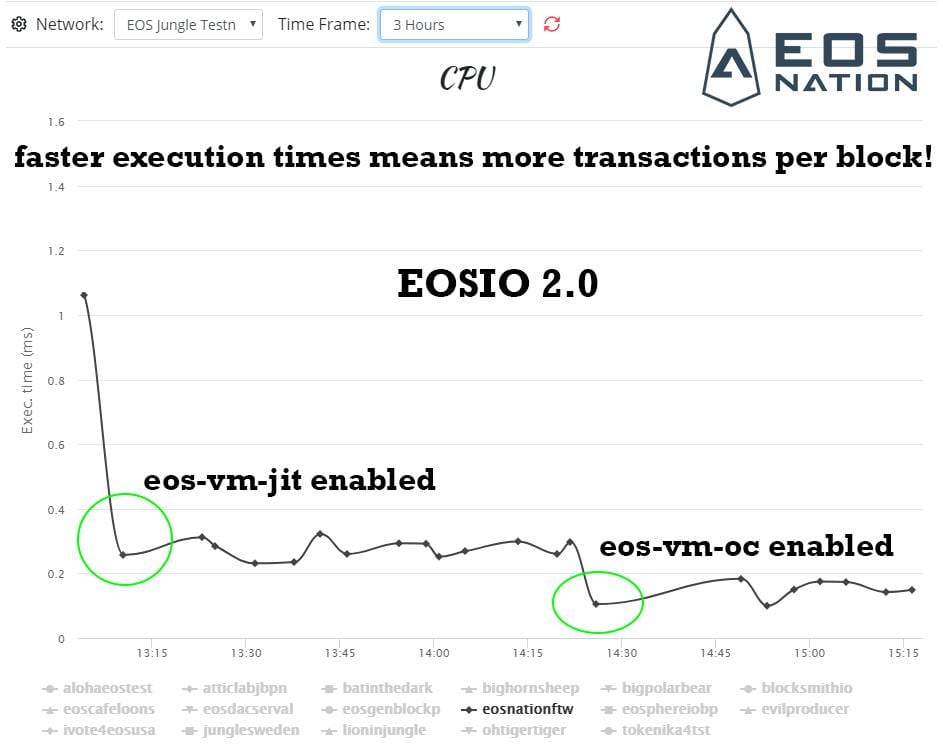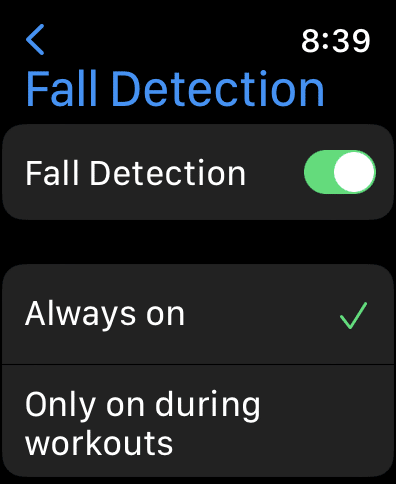EOS.IO 2.0 has been announced, and the updated blockchain development platform provides several enhancements to performance, stability, and versatility. EOS 2.0 uses the EOS VM Just-In-Time (JIT) compiler on the front line for smart contract execution (mostly, at least).
A JIT compiler compiles code during execution, as opposed to compiling a program and then commencing execution (AOT/Ahead-Of-Time compilation).
Multi-threading On EOS.IO
Via the updated ‘net_plugin‘, EOS 2.0 supports multi-threading — a much anticipated improvement to enhance the blockchain network’s performance. This means that transaction processing, block propagation and other processes are now executed on separate threads.
The EOS website claims that multi-threading has facilitated significant improvements in transaction processing and block processing. Multi-threading is a concept that has brought about performance and user experience (UX) improvements for various platforms (not just blockchain).
Accompanying EOS 2.0 is the EOSIO Quickstart Web IDE to help beginners get onboard with EOS smart contract development more quickly and easily. As someone who went through the onboarding process during EOS’s early days, this was much needed.
Getting started with EOS development has gotten easier over time thanks to the launch of test networks that provide access to existing EOS nodes, convenient wallet apps, among other tools such as EOS Studio and Scatter.
WebAuthn Support On EOS
EOS.IO 2.0 supports WebAuthn, a World-Wide Web Consortium (W3C) user authentication standard utilizing cryptography against phishing and other security threats. WebAuthn can now be used to sign EOS transactions ‘without needing to keep track of private keys or other account information’.
Weighted Multi-Signature Block Production And EOS VM
EOS 2.0 features weighted multi-signature block production, which means that block producers are no longer limited to using one key to sign the blocks they produce. If the required key is unavailable for some reason, the producer has to drop blocks and slow down the network. Weighted multi-signature block production eliminates this single point of failure by facilitating the use of multiple block signing keys.
The EOS VM is a new WebAssembly (WASM) engine designed for blockchain development, and is also touted as a step forward for EOS (performance-wise).








